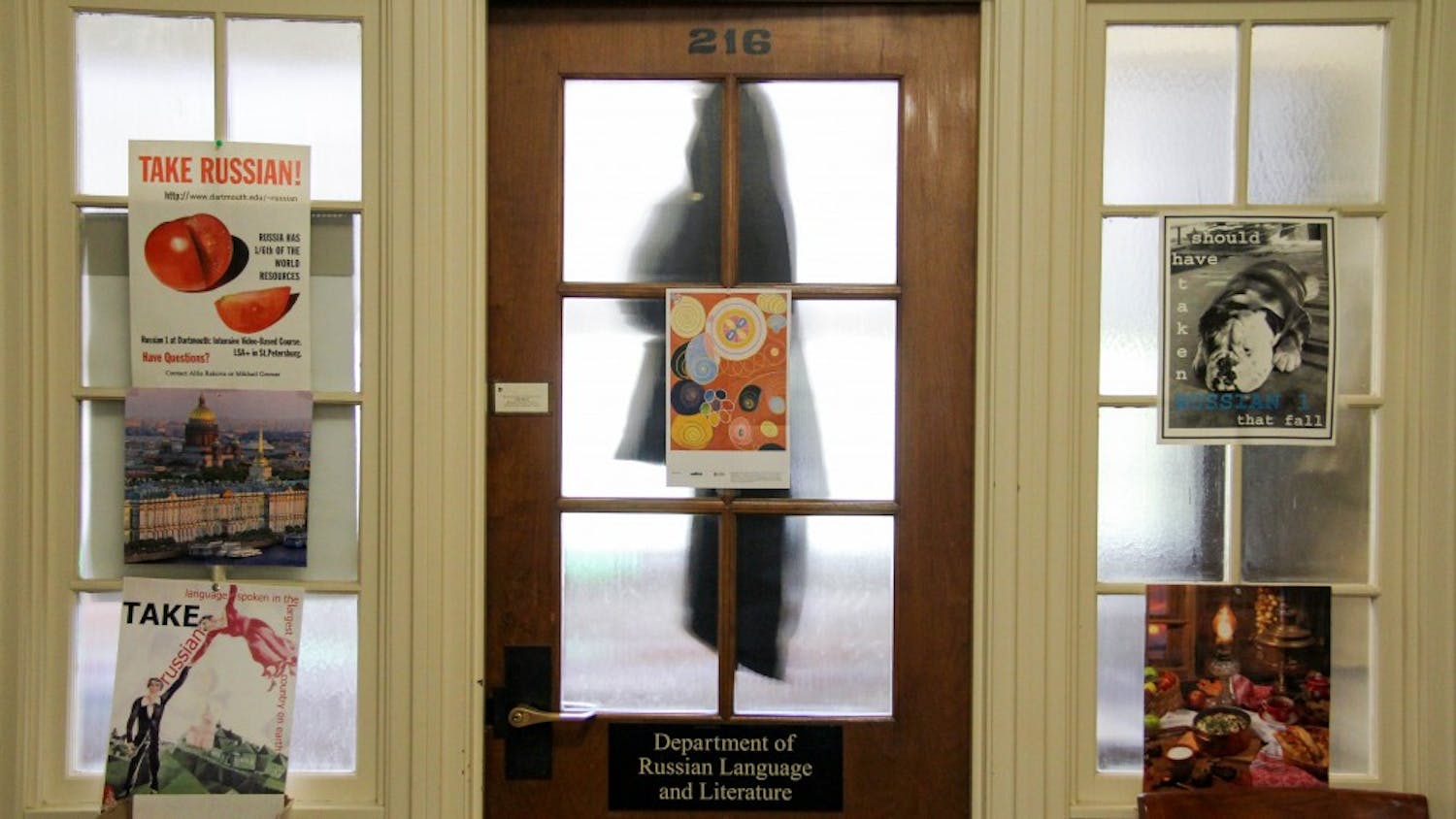As a pastor’s kid growing up in the American Evangelical Church, I was surrounded by images of Jesus. He was usually depicted with light skin, brown hair and a flowing white robe, surrounded by happy little children or fluffy white sheep. Now, whenever I think about Jesus, that’s the image that immediately comes to mind. It’s a lovely pastoral scene, straight out of the storybook bibles and stained glass I grew up on. The only problem is that, according to our best knowledge of history, it’s wrong.
So what did Jesus actually look like? The Bible offers relatively few clues as to his physical appearance, but we do know that he was a Jew living in Judea during the first century. Logically, this means that he probably looked like a first-century Jew. Jewish studies professor Deborah Forger suggested that he most likely had olive skin, brown hair and brown eyes.
If this is true, how and when did images of Jesus become white?
According to Forger, this shift away from the “Jewishness of Jesus” had already started by the second century CE and grew more pronounced as Christianity expanded west.
“When Christianity is bolstered by Constantine’s rule, it begins to spread and flourish within the context of Europe,” Forger said. “This is when we start to see more prominent Christian iconography of Jesus as white because the followers of Jesus have a tendency to create images of Jesus who look like them.”
Art history professor Steven Kangas, said he believes that images of Jesus speak to their place and time. Indeed, many early visual representations of Jesus depict him similarly to Roman emperors.
Iconography, the practice of visually depicting Jesus and other saints, was formally introduced to the Christian church by the Byzantine Empress Theodora in the ninth century. At the time, most people were illiterate, so these images would have been an accessible way to connect with Jesus.
The icons that these early Christians venerated would have greatly influenced their idea of who Jesus was, and although literacy is nearly universal now, physical representations of Jesus still have the power to influence our perceptions.
Images shape our mental and spiritual experience of Christ, an experience that Rev. Guy Collins of St. Thomas Episcopal, located between Psi U and TDX, calls the “imaginary.”
“There is this imaginary, and it forms and shapes our reality,” Collins said. “Any [visual] representation is part of the imaginary, and if our imaginary is only shaped by representations that are factually incorrect and only present one side of the pluralistic reality of the human race; if we only see one type of face in the imaginary, then we’re actually — in theological term — denigrating the image of God in humanity.”
Humans are profoundly visual beings, and Jesus is one of the most prolifically depicted humans in all of history. However, Kangas said we should be cautious of the images that we accept as truth.
“We need to be conscious that art is a constructed image; there’s a difference between art and reality,” Kangas said. Images are limited by their biases and historical inaccuracies, and in the Western world, this has historically meant a bias towards whiteness, according to Kangas.
The consequences of this whitewashing are multifaceted, and its implications are both social and theological.
“If we limit the imaginary to just to white people, then obviously we are doing something profoundly racist and profoundly wrong, but we’re also doing something profoundly heretical; we’re limiting God, and we’re saying that some people are outside of God, and that is the worst heresy,” Collins said.
However, this doesn’t always have to be the case. Forger pointed out that there have been notable exceptions to the whitewashing of Jesus over the centuries: Rembrandt, for example, used a man off the street in Amsterdam’s Jewish neighborhood as his model of Jesus. During the 1930s, Jewish artist Marc Chagall created works emphasizing Jesus’ Jewishness to counter the rising tide of anti-Semitism.
Here in Hanover, one need only walk down the block to see an example of how representations of Jesus can change over time. At St. Thomas Episcopal Church, stained glass windows tell the story. The stained glass alcoves that line the side walls of the chapel are old, and all of the saints enshrined in these images are lily white. In the window dedicated to a member of Dartmouth’s Class of 1887, Jesus is even blond. However, the authentic icon at the front of the chapel features a decidedly more olive-skinned Jesus. The stained glass on the chapel’s west wall is also more historically accurate, featuring Mary and St. Thomas with brown hair and olive skin. The fact that both the icon and the west wall glass are more recent additions is no accident.
As Collins noted, after the damage of the 20th century, it’s clear that when certain racial or ethnic groups are designated as outside of God, oppression follows. Additions like the west wall stained glass won’t erase the damage of the Semitic construct of an Aryan Jesus, but they may be a step in the right direction. Visuals that remind us of Jesus’ Jewishness are not only historically accurate but socially relevant as well. Throughout history, some of the worst offenders of anti-Semitism and xenophobia have been Christians. And yet, Jesus was a Middle-Eastern Jew. Reminders of this, even if it’s just a stained glass window, can have profound effects.
“God created human beings in God’s image, and God’s image in human beings is diverse,” Collins said. “God is, and human beings are, plural.”
Caris is a '23 from Long Beach, CA and is majoring in religion modified with art history. When not editing stories for the Mirror, you can find her playing club soccer, snowboarding at the Skiway or sipping coffee in Sherman Art Library. After college, she plans on attending graduate school in religion.



